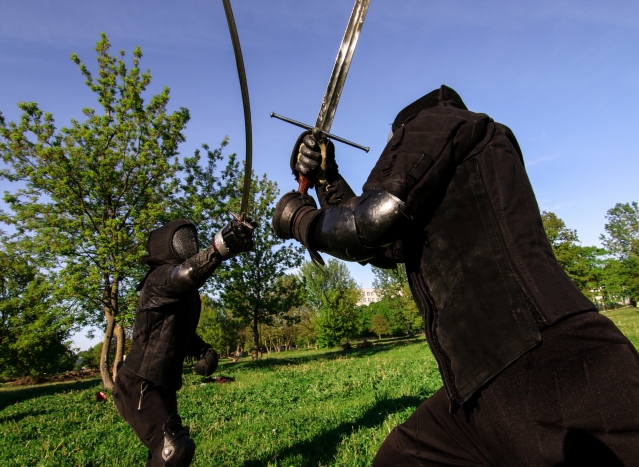Learn HEMA
Learn HEMA

- WELCOME
GETTING STARTED ON YOUR JOURNEY
Historical European Martial Arts (HEMA) covers a lot of different weapon systems, source materials and eras. Because there is so much information involved it can be overwhelming for a beginner to figure out how to start learning. The material you need to learn is scattered around the internet and you generally don’t know what to look for unless you already know it exists. This is one of the biggest hurdles for beginners to overcome.
This website is intended to help beginners locate this information about Historical European martial arts and how to get involved in this hobby. It has been organized to serve as a portal to other websites, video channels, books and equipment vendors, guiding a beginner on their journey into the world of HEMA.
By scrolling down and reading this page you will find all of the information you require to start your adventure.
- YOUR PATH
CHOOSE A WEAPON
Generally a person’s interest in Historical European martial arts begins with a desire to learn how to use a specific type of sword. This page has been designed to make it easier for a new person to quickly figure out the best way for them to find the information they are seeking.
Choose a weapon that you are interested in learning how to use by selecting an option below. This will lead you to learning about what kind of source material is available for this weapon.
Path of the Long Sword
Path of the Long Sword
The long sword is the most popular type of weapon studied by the HEMA community, with most clubs focused exclusively on it.
Path of the Rapier
Path of the Rapier
Path of the Smallsword
Path of the Smallsword
Path of the Saber
Path of the Saber
The sabre is a type of backsword with a curved blade associated with the light cavalry of the early modern and Napoleonic periods. Originally associated with Central-Eastern European cavalry such as the Hussars, the sabre became widespread in Western Europe in the Thirty Years’ War. Lighter sabres also became popular with infantry of the late 17th century and in the 19th century models with less curving blades became common and were also used by heavy cavalry.
Path of the Sword and Buckler
Path of the Sword and Buckler
Path of the Cavalier
Path of the Cavalier
Path of the Great Sword
Path of the Great Sword
The Great sword developed from the long swords of the Late Middle Ages and became the hallmark weapon of the German Landsknechte from the time of Maximilian I (d. 1519) and during the Italian Wars of 1494–1559.
- GUIDES
The Path Forward
There is much to learn. We’ve written some guides to provide useful information to help you on your journey.
- LOCAL
FIND A CLUB
There are many study groups, clubs and schools around the world that provide instruction in Historical European martial arts. We have put together a list to assist newly interested people in locating a club near you.